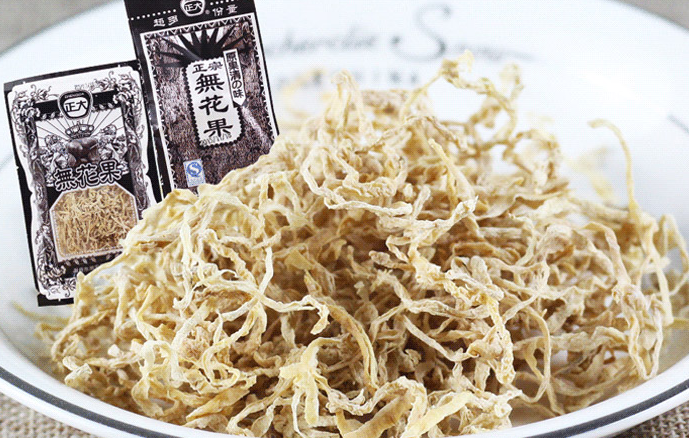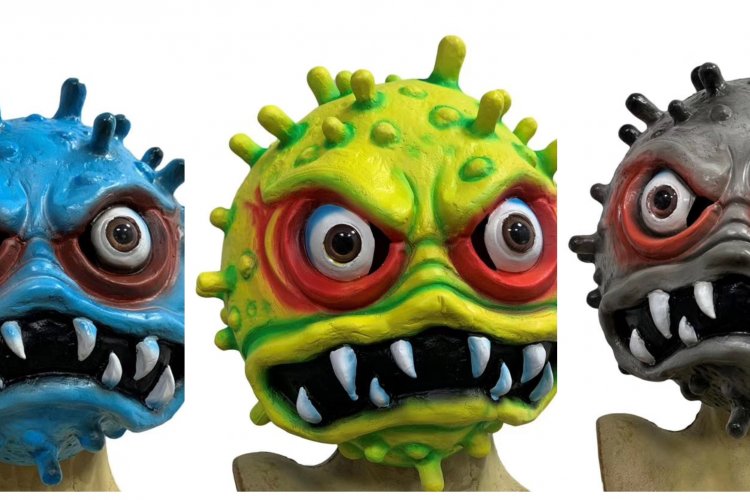TaoBrowser: What Does a Chinese Millennial's Childhood Taste Like?
Where can you buy that? You already know the answer: Taobao. But navigating China’s biggest e-commerce platform can be a nightmare for foreigners, so we’re helping out by rounding up useful stores to browse in our column, TaoBrowser.
Whether you're a world traveler who seeks out the most exquisite, international fine dining restaurants, or a strict adherent to any number of über-fashionable diet trends, chances are there are still one or two cheap snacks – call it a guilty pleasure – that rear their heads from the confines of your fading childhood memories, occasionally punching you right in the salivatory glands. And while we may not have access to a time machine as of yet, these retro delights have the power to transport us back to an innocent, simpler time before the drudgery of adulthood and responsibility took over.
Just like Gushers, Bagel Bites, Lucas, and Konpeitō, there are a number of names that Chinese millennials hold close to their hearts. What's more, many of them are still available on Taobao. So what exactly did a snacker's paradise look like in the 90s? Let's find out...
QQ糖 QQ Gummy

QQGummies were a fruit flavor gummy produced by Want Want Ltd., and probably one of the best selling snacks at any school-adjacent grocery story. Given the relatively small size of the package, coupled with the fact that gummies are a virtually silent treat to chew, many kids would sneak these little buggers in class. And since QQGummies claim to contain real juice and Vitamin C, some parents didn't regard this snack as being as unhealthy as others. And in case you're wondering, its name has nothing to do with the famous social media platform and instead comes from the descriptive word “Q” which is frequently used to express a slightly chewy or bouncy food texture in the Taiwanese dialect.
秀逗 Super sour candy

The Chinese cousin of Warheads – favorite candy of masochists – this candy's name comes from an old-time internet slang 秀逗 which was borrowed from a Japanese word meaning “brain fart,” an apt description for the end result after popping one of these in your mouth. Designed in such a way that the acidity increases over time, the truly brave would use the meter on the back of the package to figure out just how sour these things could get before finally giving way to a much-deserved sweetness.
牛羊配 Ox Meets Ram BBQ flavor puffed food

A savory snack that made the cut with its unique Chinese BBQ flavoring, it served as a crunchy substitute for chuan’er. As its logo suggests, the name 牛羊配 means “Ox meets Ram,” and it generally came in two flavors, spicy and five-spiced.
流口水 Mouth-watering yogurt gummy

With a name like Mouth-Watering, this one is pretty straightforward and tells you everything you need to know about this yogurt gummy. Besides its fruity yogurt flavor, this snack is best known for its cheap price, usually running about RMB 0.1 at neighborhood grocers in the early-00s, leading to clerks using it as a secret currency when customers didn't want to keep their change. Unfortunately, for the kids of today who have only ever known a WeChat wallet lifestyle, this is one of those small pleasures they'll never get to experience.
无花果 Fig shreds

Admittedly, I ate this snack about 20 years before I ever actually saw or tasted a real fig, however, it remains one of my childhood favorites. Unlike other snacks that try to entice their little customers with colorful packaging and cute shapes, this one has a decidedly more classic, slightly mature branding strategy – akin to Fig Newtons in the West. The dried shreds are coated with white powder that has a great balance of sweetness and acidity, and the more you chew the more flavor is released. However, my childhood all but ended when I found out they're not made from real figs, but radish shreds.
小浣熊干脆面 Little Racoon Crispy Instant Noodle

Little Racoon Crispy Instant Noodles were the snack that reigned supreme among primary school kids, not only for its novel eating experience but also for the toys that came with it. Among them, the collectible cards featuring characters from the Chinese literary masterpiece, All Men Are Brothers, were doubtlessly the most popular. In fact, kids would even travel to other towns and blow the entirety of their allowance on bags of these crispy instant noodles hoping to snag one of the rarer cards. Perhaps lesser known is that these cards were designed by a group of traditional Chinese painters, and were meant to spark younger audience's interest in traditional cultural heritage. Today, the price of some of these cards has skyrocketed, with one of the rarest going for more than RMB 20,000 online.
妙脆角 Bugles

Although they're not originally from China, Bugles won the hearts of teenagers this side of the Pacific Ocean (Although they are not to be confused with a similar-looking snack that you might see on the streets of Beijing). Compared to other snacks, this tornado-shaped puffed corn flake tried to strike it big with a slightly older crowd, the kind who had graduated from cute, sweet little candies and were eager to find a snack that reflected their cool and rebellious streak. Hip to this fact, Bugles enlisted the help of pop music icons to be their brand ambassadors, earning the brand a large and dedicated fan base in no time.
辣条 Spicy gluten strips

Invented in Hunan Province in 1998 by a few farmers after massive flooding destroyed the local soybean industry, no one could've imagined that this humble spicy snack would explode in popularity and even spread its name overseas. Inspired by traditional marinated bean curd and beef tendon, latiao is flavorful and tender, yet chewy like a spicy gum. And although latiao is vegan, given that its main ingredient is gluten, it'll probably still scare away plenty of folks in California.
Read: Feed Dat Cat! A Detailed Guide To the Consumer Frenzy That Is 11.11
Images: Courtesy of corresponding companies, Visual China Group







